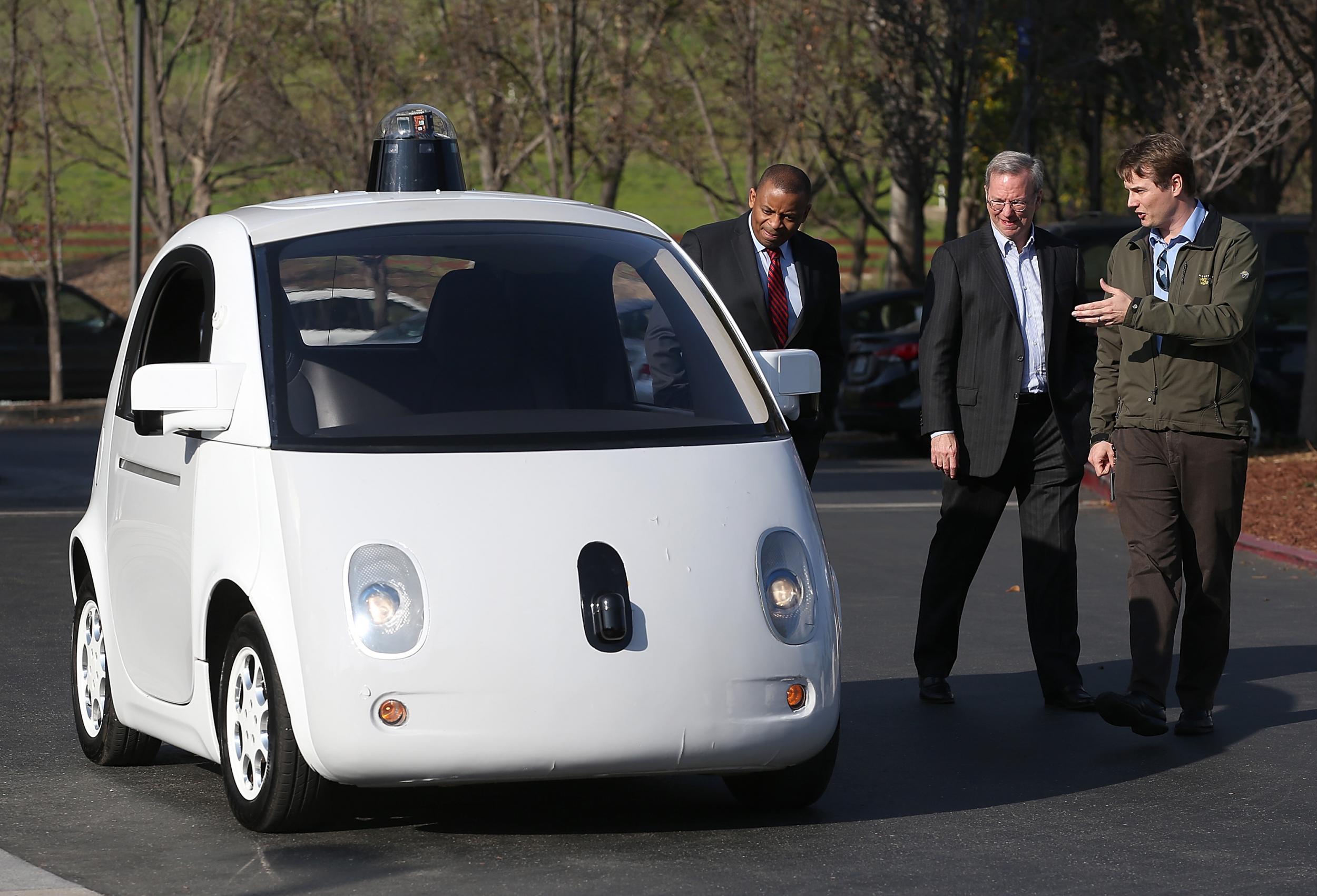Google self-driving cars need humans to step in to prevent crashes
Drivers had to intervene 13 times in 15 months to stop the cars crashing, Google has reported

Google’s self-driving cars still need people to step in and stop them crashing.
The company has disclosed that drivers had to intervene 13 times between September 2014 and November 2015 to stop the autonomous vehicles from crashing. The disclosure comes as Google looks to eventually build cars without human cars at all, and have the vehicles themselves do all the work.
The 15 months of testing saw Google’s cars have problems that included failures that meant the car asked its human driver to take over, and 69 times that the driver took over because they thought there was a safety problem. In 13 of those latter interventions, the car would have crashed if the driver didn’t do so, Google said.
But the company said that it would look to refine its software so that the cars were more safe. "We are generally driving more autonomous miles between these events,” Google said in its filing.
The company released the data as part of a set of “vehicle disengagement reports” that were filed with the California Department of Motor Vehicles by companies that are testing self-driving vehicles.
Google has said in the past that such incidents are evidence that self-driving cars should be encouraged — because they are usually caused by human error.
The company has also said that allowing people to intervene with cars could make crashes more likely. But California authorities are likely to continue to require that autonomous cars have controls that are used by licensed drivers.
The reports were filed by a range of companies that are currently testing their self-driving cars on California’s roads.
The filings also included information that showed Tesla cars never had to be intervened with, and that Mercedes-Benz drivers had to step in 1,051 times over 1,739 miles.
Join our commenting forum
Join thought-provoking conversations, follow other Independent readers and see their replies
Comments
Bookmark popover
Removed from bookmarks